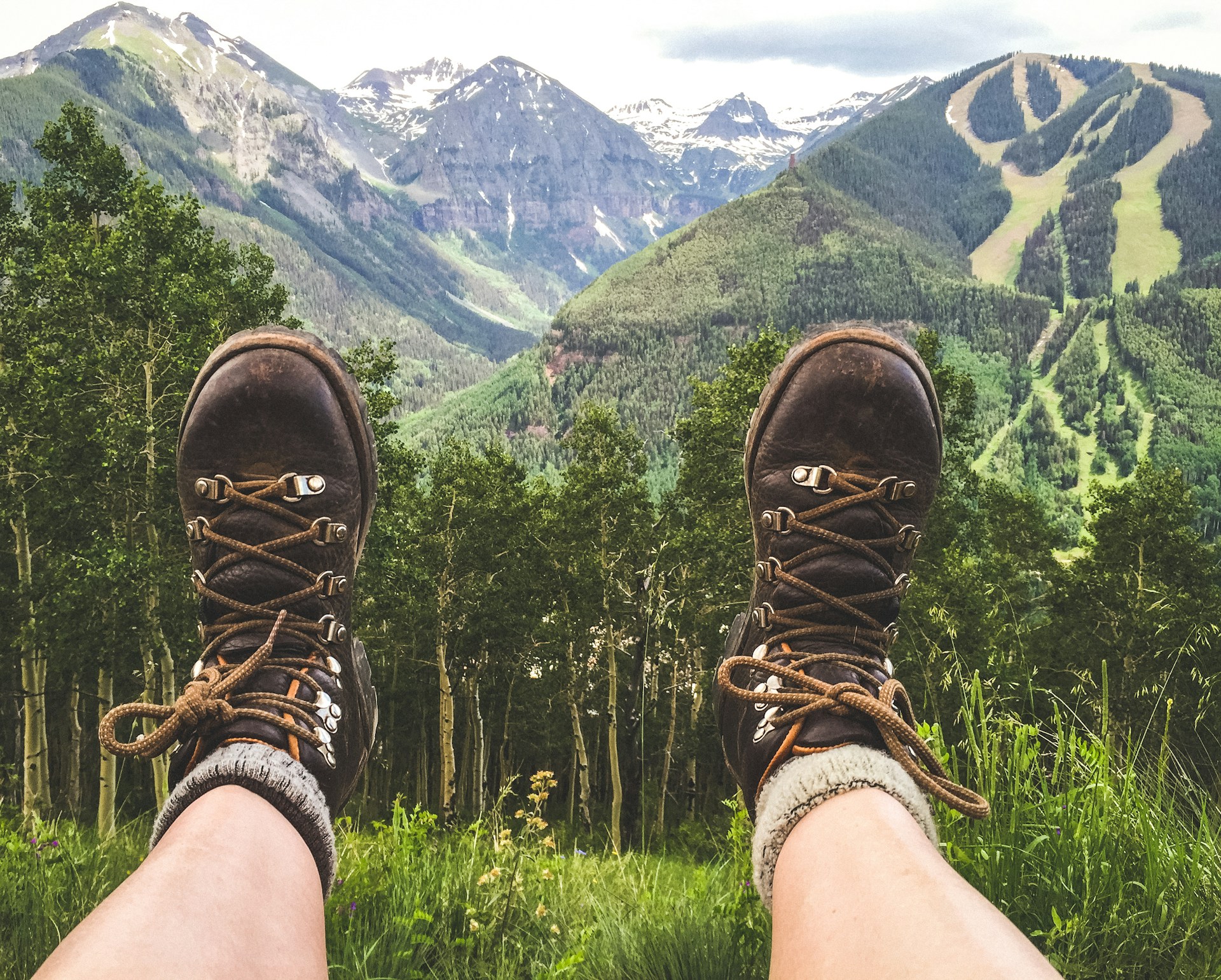Waterproof tents are critical for safety and comfort during outdoor trips. According to the Outdoor Industry Association, over 35% of campers report leaks as a primary issue in tents older than five years, and studies by REI Co-op testing confirm that seam failure is the most common source of water ingress. Proper waterproofing extends tent life, improves performance in wet conditions, and reduces maintenance costs. Experts recommend the following steps to ensure your tent stays dry during all-weather camping.
Select the Best Campsite to Stay Dry

Even the most waterproof tent can fail if placed poorly. Experts advise choosing elevated areas that avoid depressions or natural drainage paths, as standing water can seep through the floor despite waterproof coatings. According to a study in the Journal of Outdoor Recreation, tents set on a slope with at least a 3–5% gradient experienced 60% fewer leaks during heavy rain. Additionally, clearing debris and avoiding overhanging trees that drip water reduces stress on the fabric and prevents ponding on the tent surface. Proper site selection is the first line of defense against water damage.
Clean Your Tent for Maximum Protection

Cleaning your tent is essential before applying waterproofing treatments. Dirt, oils, and mold reduce the effectiveness of coatings. Research by REI found that tents cleaned with mild soap and lukewarm water before treatment retained 85% of their original DWR performance, compared with 40% on dirty fabric. Use a soft brush or sponge and avoid harsh detergents, which can degrade waterproof coatings. Fully dry the tent in shade to prevent UV damage before sealing seams or spraying protective layers, ensuring treatments bond effectively for long-lasting waterproofing.
Seal the Seams to Stop Leaks

Seams are the most vulnerable point for water entry. Using a seam sealer specifically designed for your tent fabric can prevent leaks. A 2022 test by GearLab measured that tents treated with proper seam sealers resisted over 3 inches of simulated rainfall per hour, whereas untreated seams failed under 1.2 inches. Apply a thin, even layer along all stitching, especially near corners and doors, and allow the recommended curing time. This step significantly reduces water penetration and prolongs the life of your tent’s fabric.
Spray a Durable Water Repellent Coating

Applying a DWR spray revitalizes the tent’s water resistance. Laboratory tests indicate that tents treated with DWR spray repel water droplets and maintain contact angles above 110°, which reduces fabric saturation. Target high-stress areas like the fly, roof, and vestibules. Spray evenly and allow drying according to manufacturer instructions, typically 24–48 hours. A properly applied DWR not only sheds rain but also prevents dirt from embedding, which can compromise future waterproofing.
Strengthen the Rainfly for Extra Defense

The rainfly protects the tent’s interior from direct rainfall and wind-driven water. Experts recommend inspecting the fly for minor tears or worn coatings and reinforcing them with waterproof patches or additional seam treatment. REI field testing shows that tents with reinforced rainflies maintained interior dryness 40% longer during prolonged storms. Ensuring tension is balanced prevents sagging, which can collect water and cause hydrostatic pressure that may penetrate even treated fabric.
Use a Groundsheet or Tent Footprint

A groundsheet adds a second barrier between moisture and the tent floor. Data from the Journal of Outdoor Gear Testing found that tents with properly sized footprints had 60% fewer floor leaks than tents without. Footprints protect against abrasion and dirt, which degrade waterproof coatings, while creating an insulating layer that also improves thermal efficiency. Ensure the footprint does not extend beyond the tent’s perimeter to prevent channeling rainwater under the edges.
Handle Fabric Carefully to Avoid Damage

Overstretching tent fabric during setup or packing can weaken waterproof coatings. Tests by Outdoor Gear Lab show that fabrics stretched beyond manufacturer limits exhibit up to 30% reduction in water repellency. Always follow pole alignment guidelines, use proper tensioning, and avoid pulling corners excessively. Gentle handling preserves coating integrity and prevents micro-tears that compromise waterproofing, ensuring long-term durability under repeated use.
Ventilate to Minimize Condensation

Moisture inside the tent can reduce the effectiveness of waterproof coatings. Studies by the National Outdoor Leadership School indicate that proper ventilation can reduce interior condensation by 25–40%. Open vents or partially unzip doors during wet conditions to allow airflow, but ensure rain does not enter directly. Reducing condensation prevents fabric from soaking from the inside and maintains overall dryness, complementing your waterproofing efforts.
Reapply Treatments on a Regular Schedule

Waterproof coatings degrade over time due to UV exposure, dirt, and repeated use. Manufacturer guidelines and testing from REI recommend retreating tents every 12–18 months for moderate use, or more frequently after heavy exposure. Consistent maintenance restores water repellency, prevents seam failure, and extends fabric life. Keeping a record of application dates helps campers stay ahead of seasonal wear.
Store Your Tent to Protect Coatings

Proper storage preserves waterproofing between trips. Studies from GearLab show that tents stored damp or tightly compressed suffer up to 50% faster coating degradation. Store tents in a cool, dry place, loosely folded or in a breathable storage bag. Avoid prolonged exposure to sunlight or heat, which can weaken DWR layers. Correct storage ensures that tents maintain their water resistance and structural integrity for years.





